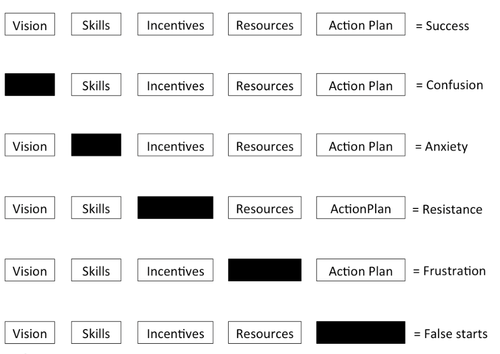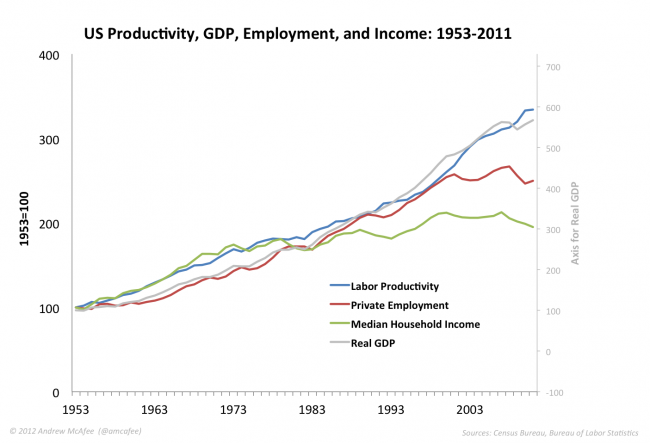Obama’s broken technology promise
Thursday, October 31st, 2013"We live in an age when machines can learn. Can government?" concludes a great paper by Businessweek.

My favorite excerpts:
The saga of healthcare.gov has been a symphony of government inefficiency. The effort, directly overseen by the IT department of the Centers for Medicare and Medicaid Services, involved no fewer than 55 contractors. The process was thick with lawyers and political interference. In violation of current best practices in the software world, the code was kept almost entirely secret; other engineers weren’t able to point out its flaws, and it wasn’t tested rigorously enough. The Obama administration has been assailed for not calling in Silicon Valley’s top minds to collaborate, but that misses the fundamental problem: The best coders in the Valley would’ve never agreed to work under such deadening, unpleasant conditions.
For all its deficiencies, healthcare.gov isn’t the worst disaster a government has experienced on a major IT project. That distinction belongs to the U.K.’s endeavor to create an electronic medical records system for its National Health Service. The effort, which began in 2002, tore through about $10 billion before the government admitted it simply couldn’t be salvaged. In an editorial at the time, the liberal Guardian newspaper declared, "The government is an inept purchaser of private services: indecisive, ponderous, overambitious, and wasteful. Mass centralisation does not reduce costs, but it kills flexibility."
The British learned from their mistakes. The disaster empowered Francis Maude, the minister for the cabinet office, to bring in technologist Mike Bracken to overhaul how the British government did IT. Today, gov.uk is something of a wonder. It’s a single, centralized portal to pretty much everything the British government might be able to do for you. It’s designed for users. It’s nominated for awards. With the deep admiration of Silicon Valley boosters, Bracken is working to change everything about the way the British government builds technology. His keynote speech at the October Code for America conference received a standing ovation.
"This is a hard problem for government," Bracken says, "because it’s not really a technology problem. It’s a self-image problem. Government constructs its self-image in terms of size. It thinks of itself as huge and big. I’ve been in D.C. and seen your buildings. They’re very big! The harsh truth for governments all over the world is that many digital public services could be developed at a fraction of the size of nondigital services, and they can be created by very small teams of people in an open way."
To start, the president could study the example of how the British government used the initial failure of its electronic medical records system as a catalyst for broader change. But he doesn’t even have to look that far. The Affordable Care Act, after all, isn’t the only product his administration has launched. The Consumer Financial Protection Bureau (CFPB), created by the Dodd-Frank financial reform act of 2010, has won wide plaudits for its remarkable, user-friendly deployment of technology. Merici Vinton, who recruited most of the original technology and digital team and oversaw the creation of consumerfinance.gov—her agency’s version of healthcare.gov—outlined three principles for making technology work in government:
- Never build a website that’s too big to fail; instead, start small.
- Do open-source when possible, preferably always.
- Have in-house strategy, design, and tech.



